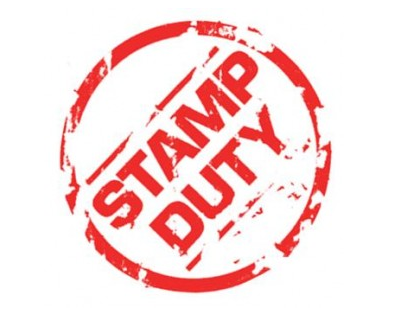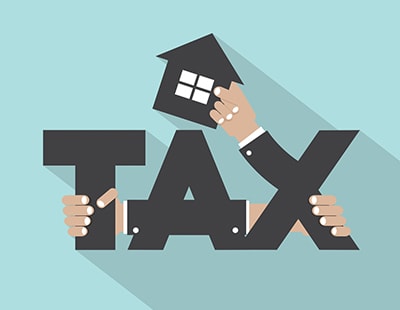
New government figures show that stamp duty transactions in the final quarter of last year were 43 per cent higher than in the previous three months.
And transactions were 14 per cent higher in the final quarter of 2020 than in the final quarter of 2019.
“The increase in transactions have likely been impacted by the introduction of the SDLT holiday for residential properties, alongside the continued release of pent up demand within the property market since March 2020” says a statement from HM Revenue & Customs, which produced the data.
Receipts grew quarterly as well, up 47 per cent. However, this was still 16 per cent lower than a year earlier.
“The change in receipts will have mainly been impacted by the introduction of the stamp duty land tax holiday” says HMRC.
Broken down by property type, residential property transactions in Q4 2020 were 44 per cent higher on a quarterly basis.
HMRC says that since its first time buyer stamp duty relief was introduced in November 2017, the estimated amount of relief comes to £1.3 billion over 540,900 transactions.
“This data demonstrates how the government’s SDLT holiday, alongside a huge shift in lifestyle aspirations, has contributed to the active property market we have seen since the summer” explains Nick Leeming, chairman of the Jackson-Stops agency.
“As highlighted by members of parliament this week, what we must avoid now - for the property sector and the wider economy - is a cliff edge where all economic support suddenly drops away, especially as we have not yet seen the full economic impact of the virus.
“The present lockdown has created a logjam in the market, exacerbated by procedural delays with mortgages and conveyancing and now vast numbers of buyers are at risk missing out on SDLT relief through no fault of their own.
“That won’t just impact individuals, but buyers throughout chains, putting a significant number of transactions at risk. Removing support suddenly would also have a ripple effect beyond the property market, as retailers, moving companies, tradespeople and countless others suffer from a reduction in market activity.”






/RishiSunak-400x310.jpg)



















Join the conversation
Jump to latest comment and add your reply
And transactions were 14 per cent higher in the final quarter of 2020 than in the final quarter of 2019Receipts grew quarterly as well, up 47 per cent. However, this was still 16 per cent lower than a year earlier.
HMRC says that since its first time buyer stamp duty relief was introduced in November 2017, the estimated amount of relief comes to £1.3 billion over 540,900 transactions.
Sounds as though HM Treasury based on these figures aren't too convinced of the cliff edge
Please login to comment